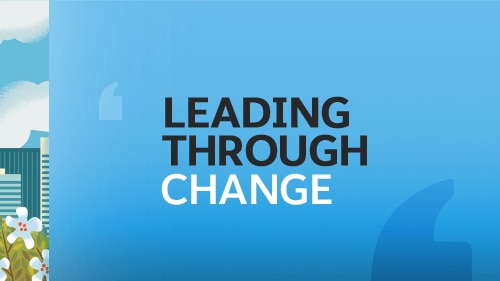Over the past month, we’ve seen healthcare, high-tech, and financial services companies shift their call center employees to work from home. We’ve also seen retailers close their brick and mortar stores to focus more on online sales. Our work at Salesforce supports these businesses as we battle this global crisis together.
That’s why it’s vital that we continue to deliver the highest levels of performance, availability, and security — as Marc Benioff mentioned in his mid-March letter. My teams are responsible for making that commitment a reality. With this in mind, I’m outlining the results of a recent audit of our Business Continuity Plan for you here.
Our Business Continuity Plan
Salesforce was built to handle challenging moments like this. Our Business Continuity Plan (BCP) reflects that. We designed our infrastructure architecture to ensure the availability, resilience and continuity of our business at a massive scale. Our operational teams are set up to handle incidents whenever they may occur.
Infrastructure Architecture
Because our teams are highly distributed and our cloud-based platform can be scaled without technical limitations, it allows us to rebalance load in response to our customers increased use of digital experiences. The design of our architecture also allows quick disaster recovery with site switching to different regions when necessary.
In addition to these benefits, we’ve spent the past few years:
- Ensuring we have ample capacity for your continued growth.
- Establishing advanced machine learning and other AI-based capacity planning tools which allow us to predict where capacity is needed and take action well in advance.
As such, we determined that we don’t need to make material changes to how we operate and deliver Salesforce services. That said, should customers’ business needs change, we will update this architecture to ensure our high standard for resilience and availability.
Operations
Our geographically diverse teams have always ensured resilient operations, yet we recently updated our operations approach throughout our business — including relationships to vendors and other third-party service providers — specifically to ensure that our services will remain up and running in a climate where the health of our employees is less predictable.
We identified critical processes and teams within each of our business functions and created a contingency plan for each. The new plans include a staffing backup plan for each of our geographic locations, including primary, secondary, and tertiary contacts for the team.
Our Site Reliability Engineering team recently ran a drill to test our staffing continuity plan. We instructed our Singapore team to disable, and the US team was able to restore site reliability operations within minutes, proving our global team’s resiliency.
Summer 2020 Release
Many customers have asked us to reduce the level of technology change that they’re dealing with during this time. To that end, we have decided to postpone the Summer ’20 release. The sandbox preview was scheduled for May 8, 2020. The staggered production rollouts were scheduled for May 15, June 5, and June 12, 2020. The new dates are as follows: Sandbox preview: May 29-30, 2020. Production staggered rollouts: June 12, July 10, July 17-18, 2020.
If you have any further questions about the postponement, you can contact Support via Salesforce Help.
I’d like to end by applauding our customers, who continue to offer a high level of empathy and change leadership to their employees and customers. Take Stephen Brown, a Vice President at Dell Commerce Services, for example. He recently told us that he continues to ensure his team members’ health and well-being are a priority. Dell wants its staff to know they are supported as they navigate their new normal.
“We’re asking for meetings to end five to ten minutes early, to allow time to check in with family,” said Brown. “We’re also encouraging regular, informal check-ins via video. By keeping our teams supported and connected, we know we’ll come out of this stronger in the future.”
Similarly, Paolo Juvara, CIO at Google Cloud, knows customers rely on Google Cloud to stay connected and get work done, now more than ever. “We’ve enabled our support team members to work remotely where appropriate so they can continue to securely support our customers while working from home," he said.
If you want to learn more about Salesforce’s business continuity plans, read this FAQ, contact your account team or join the conversation on ourTrailblazer Community. You can also follow the Leading Through Change series on our corporate blog to learn more about our customers’ initiatives to navigate these challenging times.
Be safe, stay healthy.




























